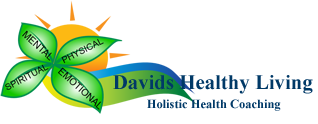The Core
The core is another heavily used term in this modern day fitness era.
In the system we utilize here at Davidshealthyliving the core has multiple components. The head, neck, entire torso and pelvis are what make up the “core.” The only things that aren’t a part of your core are the arms and legs.
The aspect of the core that is most focused on are what are known as the “outer unit muscles” or “beach muscles.” These muscles will help you look great during the summer, but they do nothing to keep your body moving optimally and pain free.
Here at Davidshealthyliving we do a lot of work on all of the core A.K.A deep abdominals, diaphragm, pelvic floor, head, neck, shoulder & spinal muscles. These are the muscles that stabilize the spine to prevent injury under heavy loading. If you dream of being a corrective exercise professional who knows what they’re doing when working with these muscles then look into the ELDOA method and the CHEK institute.
Going into the vast majority of aerobics, yoga, boot camp and similar style classes commonly leads to low back, hip, shoulder and sometimes neck injury for people due to lack of proper instruction and strengthening of these essential core muscles. Again the “core” is everything that isn’t your arms and legs with the approach we use here at Davidshealthyliving. The most important part of the “core” is the deep core followed by the small spinal muscles.
If you’d like to learn more about proper activation of the deep core here’s a practical exercise for you.
Step 1 - Lay down on the ground
Step 2 - Cough
Do you feel the muscles that are turning on? Those are your deep core muscles. It should feel as though there’s a corset inside your body that is tightening up when you cough. If you don’t feel that it is commonly a sign that you have something inhibiting those muscles from turning on to the degree that they should.
Health & wellness be with you,
David Zahry

